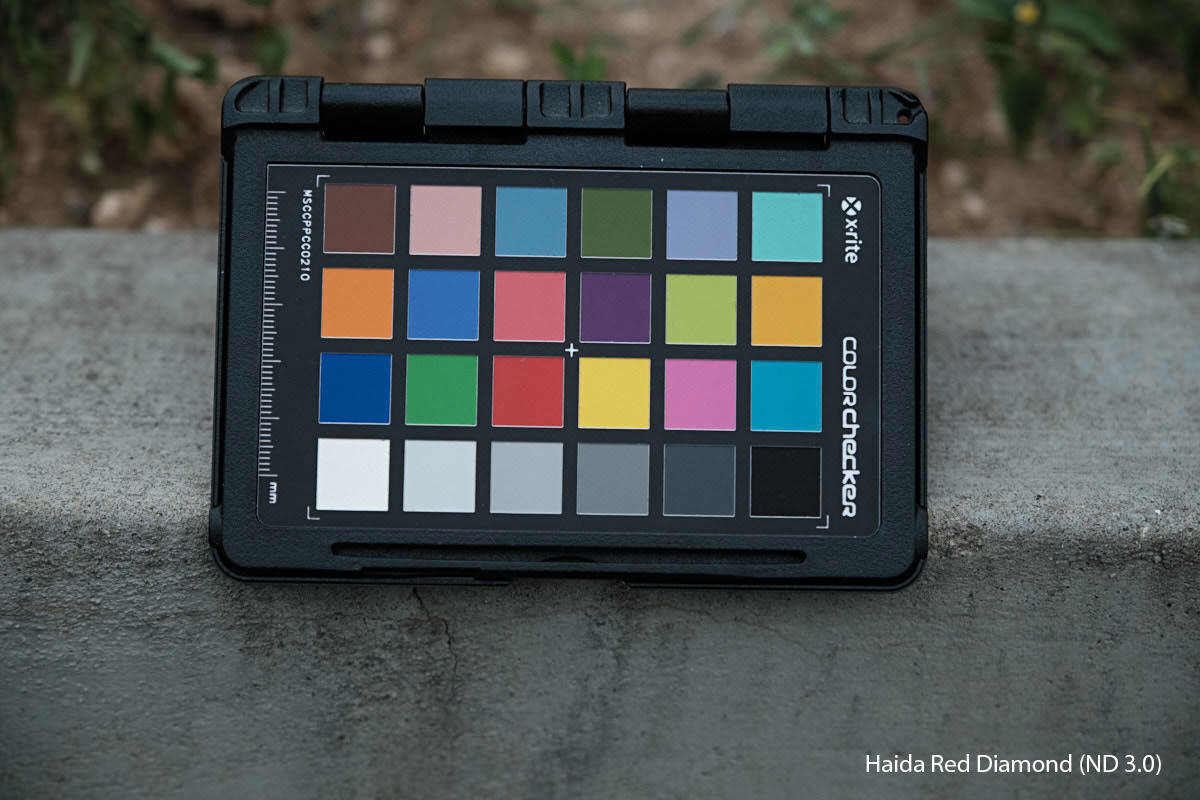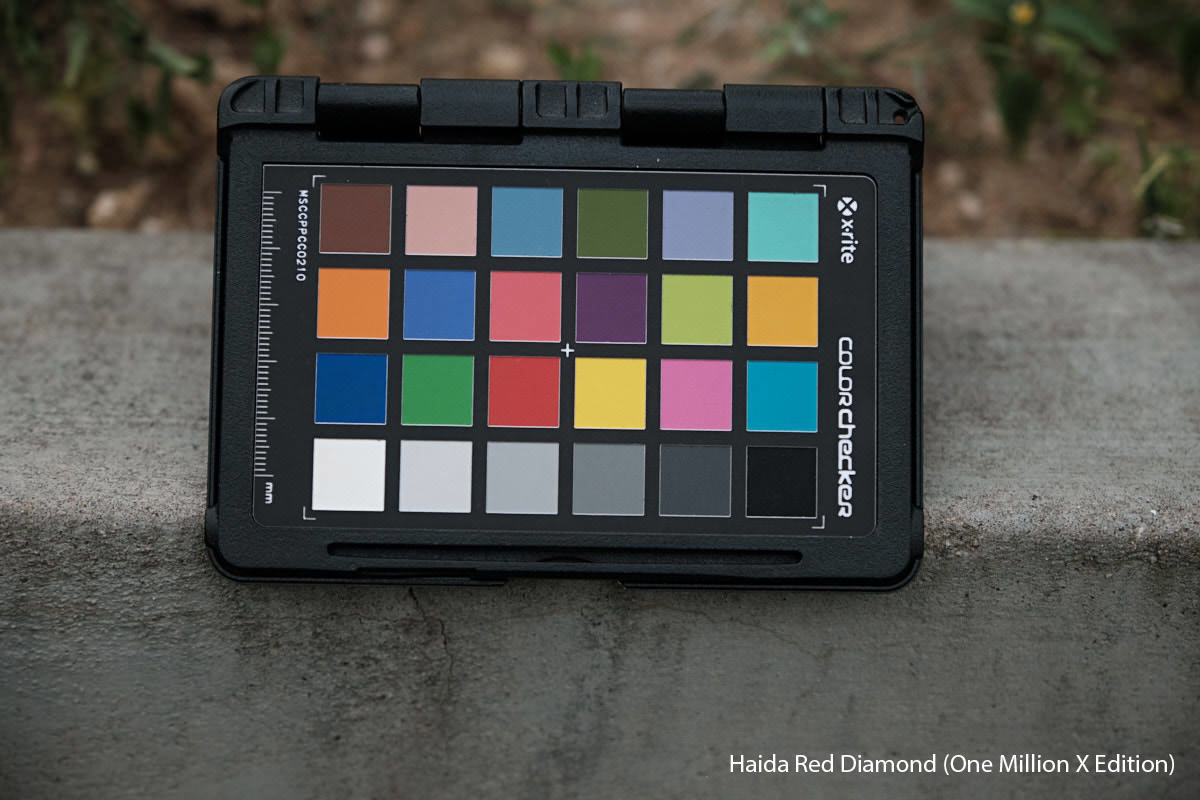When Haida reached out to me 12 months ago to test their M10 filter holder, they included their 10 stop Red Diamond filter. I was asked to give a honest review of the filter holder and how I felt about it.
While the holder gets the job done, what I actually loved more than that was the quality of the Red Diamond series filter. I’ve since moved completely to Haida filters and added a couple of graduated filters to my everyday kit. So, today, we’ll walk through some of my experiences using the Haida Red Diamond Series filters.
With the release of some fairly extreme ND filters in the form of the ND 5.0 and One Million X Edition, Haida again asked me to take a look at their new offerings. As first, I was a little hesitant (just what does a portrait photographer do with a 20-stop ND filter?), but it would be a great chance for me to make use of the (many) hours I have on my hands thanks to a certain respiratory virus and make some photographs I normally wouldn’t.
We’ll take an in-depth look at what it’s like to work with the One Million X Edition filter in next week’s article. If you’d like to read more about it now, head over and check out this excellent article here on Fstoppers by Nando Harmsen. To get us started down that path, though, let’s take a look at the overall quality of the Red Diamond Series filters I have in my collection now (ND 0.9, ND 3.0, ND 5.0, One Million X Edition).

Fujifilm X-T4 XF 16-55mm f/2.8 @ 21mm, ISO 160, f/7.1, 15 minutes, Haida M10 Red Diamond ND One Million X Edition
Color Cast
One of the primary concerns we have when working with “neutral” density filters is just how neutral they actually are. While many brands claim to be neutral and even charge significant premiums on their filters because of their established names, we can often get burned by their claims.
Where I got Burned the First Time.
Over the years, I’ve worked with some screw-in filters from B+W and Kenko for my extreme long-exposure work. Unfortunately, my Kenko took a fall a few years back and I took the opportunity to “upgrade” to the B+W filter. While the build (brass machining) is much higher quality, I found the Kenko to be significantly better in the color-cast department. That being said, the Kenko can’t hold a candle to the neutrality of the Haida Red Diamond filters. So, let’s take a look at how Haida’s Red Diamond series performs.
While out in the field, I noticed that there was a very slight cool shift with the 10-stop filter (ND 3.0), a much more pronounced warm-shift with the 17-stop filter (ND 5.0), and a retreat to a very neutral result when using the One Million X Edition (ND 6.0 - 20 stops). All of these are easily correctable in post-production and far better than some other brands I have used. With the samples in this article, I have not corrected for the color casts so that you can see how (in)significant they are. I’ve also included a control image for each, and a sample of the awful B+W filter that cost more than any of the others here.
To confirm what I was seeing with the color casts, I set up a quick controlled test on an overcast day. Bumping the ISO and using a wide aperture allowed me to get samples using each filter without the light changing in between. Below, I have paired each of the filters with the control image. As you can see, the One Million X Edition is possibly the most neutral of the set, followed by the ND 3.0, and then there was a big jump to the ND 5.0. Even that filter can have it’s color cast quickly neutralized with a white balance shift.
Neutral Density Ratings
Calculating exposure times for a 20 stop filter can be a fun way to keep your mind active as you prepare your shot. But, if you’re not into doubling the length of your exposure 20 times in your mind, using a simple app like ND Calculator for Android can give you the result you’re after without the headache. I used this app to quickly get the expected exposure times for the various Haida filters and see if they did indeed block as much light as they said on the box.
With my real-world tests, I hadn’t noticed any discrepancies. So, one other use for the color-cast test above was to check how accurate the ratings were for the various filters. In short, I found no appreciable discrepancies. Each filter provided the correct exposure as calculated using the app. Any slight variations could be put down to slight changes in the cloud cover while making these tests. It’s also worth considering that once your exposure gets into the realm of 15 or 30 minutes, a few seconds, or even a minute or two here and there, make very little difference to the final exposure. Still, it’s nice to know that your calculations will hold up when using the Red Diamond filters.

Fujifilm X-T4 XF 16-55mm f/2.8 @ 19mm, ISO 160, f/8, 2 minutes, Haida M10 Red Diamond ND 5.0
Ghosting and Aberrations
I haven’t come across any significant ghosting during my tests with these filters. They all seem to be coated well and the M7/M10 holders are well sealed. Occasionally, through user error, I've certainly been able to see what happens when things go wrong, though. Below you can see a quick result of what happens when you forget the light barrier in the M10 system. Things quickly move into the realm of “art” with plenty of ghosts, dust, and other “defects” showing up. As long as everything is sealed (remember to use Haida’s included gaskets when stacking filters), the Red Diamond Series filters don’t seem to cause any ghosting or additional flare.

In Conclusion
Personally, I’ve been extremely impressed with Haida’s Red Diamond filters. While the holders may lack the extreme attention to detail of some of the more expensive systems like the Wine Country offerings, they are well made and do the job. However, the Red Diamond filters are simply excellent value for money in my opinion. They offer near-neutral color rendering and no appreciable image degradation. At this stage, the largest selection of Red Diamond filters is available for the M10 holder, which works for most lens sizes. In the future, I hope to see some more of these filters trickle down into the M7 size as well.
What I Liked
- Near-neutral colors
- No ghosting
- Included gaskets
- Various strengths
What I Felt Could be Improved
- Filters are absolute fingerprint magnets, surfaces can be difficult to clean
- Color cast of ND 5.0 filter could be more in line with the other offerings












How many stack of filters that you can put in the M10? Currently I only use screw type Haida filters. Sometimes I need to stack 2 or 3 ND filters. Thanks for the answer.
You can stack 3 on the front, plus the drop in filter. So a total of 4 with the M10.